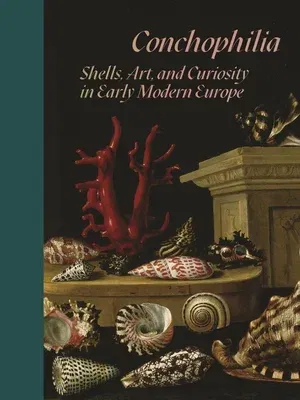A captivating historical look at the cultural and artistic
significance of shells in early modern Europe
Among nature's most artful creations, shells have long inspired the
curiosity and passion of artisans, artists, collectors, and thinkers.
Conchophilia delves into the intimate relationship between shells and
people, offering an unprecedented account of the early modern era, when
the influx of exotic shells to Europe fueled their study and
representation as never before. From elaborate nautilus cups and
shell-encrusted grottoes to delicate miniatures, this richly illustrated
book reveals how the love of shells intersected not only with the rise
of natural history and global trade but also with philosophical inquiry,
issues of race and gender, and the ascent of art-historical
connoisseurship.
Shells circulated at the nexus of commerce and intellectual pursuit,
suggesting new ways of thinking about relationships between Europe and
the rest of the world. The authors focus on northern Europe, where the
interest and trade in shells had its greatest impact on the visual arts.
They consider how shells were perceived as exotic objects, the role of
shells in courtly collections, their place in still-life tableaus, and
the connections between their forms and those of the human body. They
examine how artists gilded, carved, etched, and inked shells to evoke
the permeable boundary between art and nature. These interactions with
shells shaped the ways that early modern individuals perceived their
relation to the natural world, and their endeavors in art and the
acquisition of knowledge.
Spanning painting and print to architecture and the decorative arts,
Conchophilia uncovers the fascinating ways that shells were
circulated, depicted, collected, and valued during a time of remarkable
global change.

